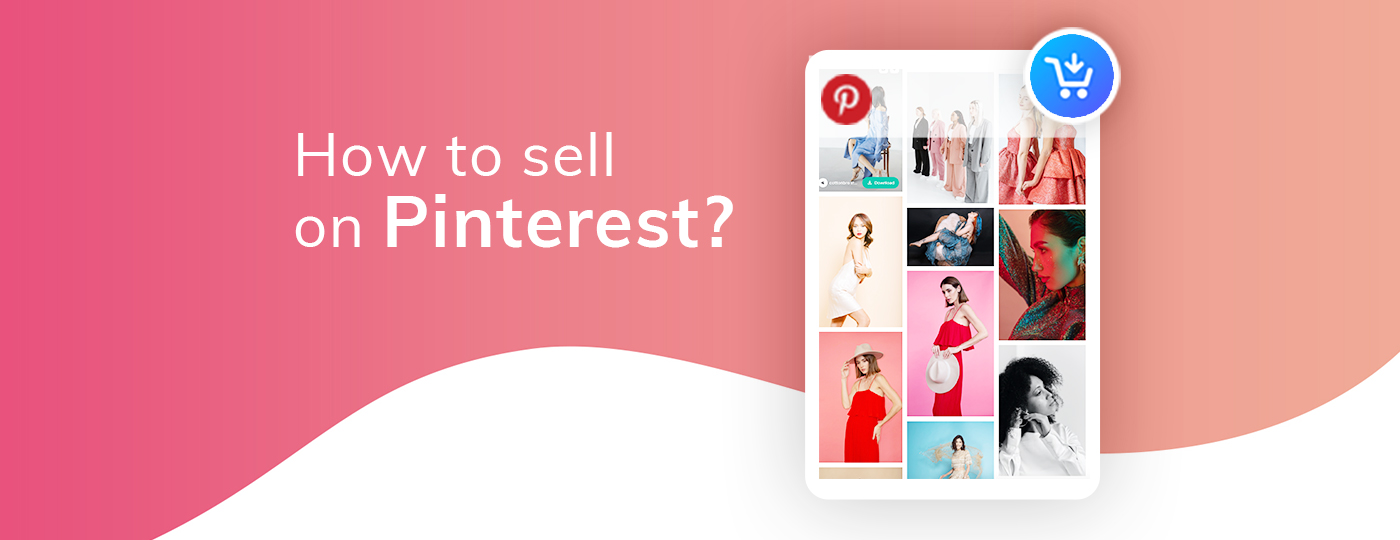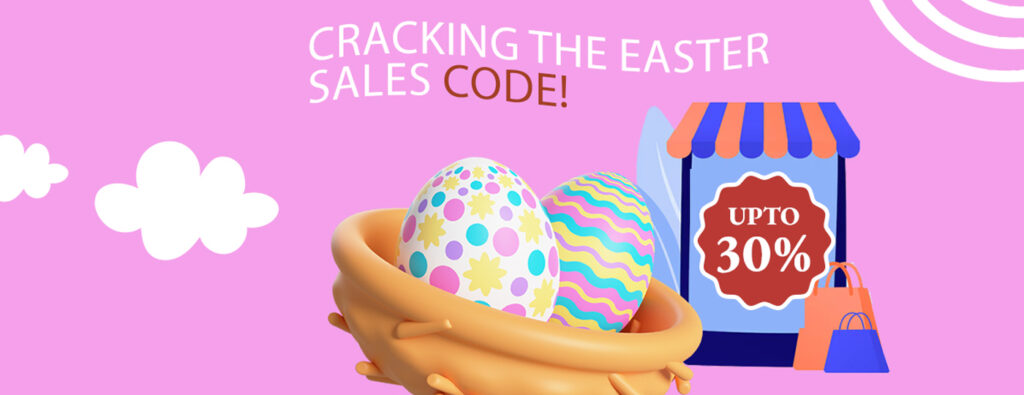Are you an online seller or small business looking to engage with customers on Pinterest? If yes, you’ll find this blog on the advantages of selling on Pinterest most useful.
- Selling on Pinterest : Why ?
- Selling on Pinterest : Cost ?
- Selling on Pinterest: Setup ?
- Selling on Pinterest: Strategies ?
- In Conclusion
Once a hub for DIY enthusiasts and recipe seekers, Pinterest has transformed into a thriving shopping destination, boasting over 459 million active monthly users. This dynamic platform offers unparalleled opportunities for online sellers and businesses keen on tapping into a vast audience.
Selling on Pinterest : Why ?
Pinterest is more than just a social platform; it’s a great place to find potential customers. People on Pinterest tend to spend more money on each order than on other social platforms, making it a good opportunity for businesses.
A staggering 70% of Pinterest users say it’s their favorite platform to discover new things. They actively look for new trends and save things they want on their boards. For businesses with online stores, Pinterest is a great place to share your stuff. Pins on Pinterest last a long time, much longer than on other social platforms.
So, if you have an online store or business, Pinterest is a perfect spot to showcase your products. With just a few clicks, you can share Pins that stay popular for a long time. It’s common for these Pins to bring people to your online store even months after you first shared them. So, the time and effort you put into making Pins for Pinterest are definitely worth it.
Selling on Pinterest : Cost ?
Using Pinterest to sell doesn’t cost anything. Everything you need, like creating a business profile and making pins, is free. Pinterest doesn’t ask for money when you sell things on its platform. The only time you spend money is if you decide to pay for ads or promoted pins.
If you figure out what content people like on Pinterest, ads can be a smart investment. You have the choice to sell things directly on Pinterest or guide people to your own product page.
Selling on Pinterest : Setup ?
- Setup a Free Pinterest Business Account: Easily set up a Pinterest Business account from scratch or convert your existing personal account.
- Claim Your Business Website: Ensure you claim your business website to track pin performance and analytics. This can be done through various methods, including adding an HTML tag or uploading an HTML file.
- Verify Your Account: Consider applying for account verification to establish trust with users. Become a Verified Merchant: Join Pinterest’s verified merchant program to showcase your trustworthiness and access additional benefits.

- Check Pinterest Catalogs Requirements: Integrate your online catalog with Pinterest for seamless shopping.
Selling on Pinterest : Strategies ?
- Personalize Your Profile: Customize your Pinterest business profile with a profile picture and relevant information. Leverage Pinterest SEO by incorporating keywords in your description.
- Create High-Quality Content: Pinterest acts like a search engine for visuals, so having top-notch images is vital for boosting your product sales. A mix of stunning photography, appropriately sized images, and fonts that align with your brand can amp up clicks (CTR) and sales through Pinterest.
Here are some tips for crafting attention-grabbing pins:
– Use high-quality photographs
– Create graphics of the right size
– Opt for bold fonts and colors
– Ensure visuals align with your brand - Build Niche Boards: Establish trust and credibility by creating niche Pinterest boards that resonate with your ideal customer.

- Utilize Product Pins: Create product pins that link directly to your online store, providing a seamless shopping experience.
- Explore Rich Pins: Use rich pins to automatically sync information from your website, providing additional details when users click on the pin.

- Leverage Collection Pins: If your business offers a range of products, use collection pins to showcase similar items for higher conversions.
- Optimize for Pinterest SEO: Research niche-related keywords and strategically incorporate them into your pin and board titles and descriptions.
- Utilize Promoted Pins: Accelerate visibility by using promoted pins, targeting users based on demographics and preferences.

- Stay Active: Engage with the Pinterest community by joining group boards and consistently pinning relevant content.
- Analyze and Optimize: Regularly analyze Pinterest analytics to track key performance indicators such as impressions, top pins, top boards, engagement, and clicks. Experiment with different strategies to enhance customer engagement and drive conversions.
In Conclusion
Selling on Pinterest requires a blend of experience and visual prowess. Begin your Pinterest marketing journey by following these steps and continually enhance your skills. While challenges may arise due to the platform’s vast content, a clear understanding of your audience and strategic content creation can help your business stand out and succeed on Pinterest.





